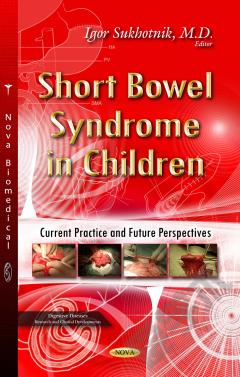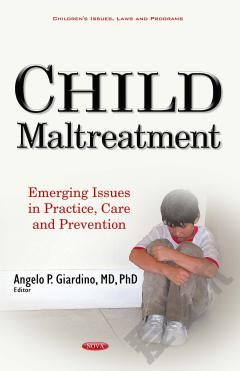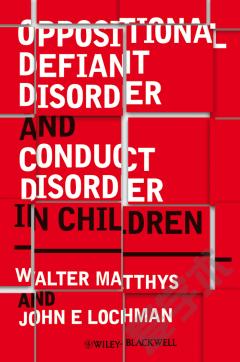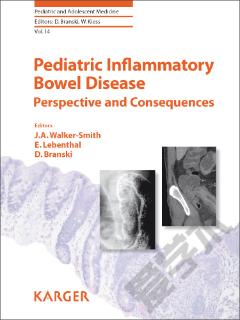Short Bowel Syndrome in Children: Current Practice and Future Perspectives
Short bowel syndrome (SBS) is defined as intestinal failure following a loss of intestinal length which causes marked maldigestion and malabsorption of dietary nutrients and induces major fecal issues, loss of energy, nitrogen, and fat. Intestinal failure and SBS continue to be important clinical problems due to their high mortality and morbidity rates, as well as their devastating socioeconomic effects. Although intestinal transplantation has emerged as a feasible alternative in the treatment of children with SBS in the last two decades, intestinal adaptation remains the only chance for survival in a subset of these patients. Intestinal adaptation is defined as a process of progressive recovery from intestinal failure following bowel resection. In this book, the etiology of SBS, its pathophysiology, and the cellular and molecular mechanisms of intestinal adaptation are reviewed. The most common complications of SBS, including intestinal failure associated liver disease and sepsis, are outlined with strategies to reduce them. The medical management and nutritional support of a patient with short bowel syndrome is complex and requires a multidisciplinary approach with the surgeon, gastroenterologist, pharmacist and dietitian working together. Using a multivariate analysis approach, the one factor which contributed most significantly to this marked improvement in survival was the implementation of a comprehensive multi-specialty care team. Other groups have reported similar improved survival rates ranging from 87% to 100% in recent years; although the precise factor which has driven this marked improvement is not precisely known. The multidisciplinary teams created to manage the complexities of this population have shown improved outcomes. A review of the pharmacologic agents and growth factors that have been studied experimentally and administered clinically for the management of short bowel syndrome is presented. The mechanisms of action of peptide growth factors in intestinal cell proliferation as well as the effects of these factors on intestinal re-growth in an animal model of short bowel syndrome are discussed. Surgical procedures to promote intestinal adaptation and intestinal lengthening have largely changed the available options for non-transplant interventions. The potential role of tissue engineering for SBS that go beyond the “simple” generation of the tubular small intestine is discussed. Such knowledge will likely provide the basis for further advances in the treatment of patients with short bowel syndrome and suggest new therapeutic strategies to maintain gut integrity, eliminate the dependence on total parenteral nutrition, and avoid the need for intestinal transplantation.
{{comment.content}}








 京公网安备 11010802027623号
京公网安备 11010802027623号